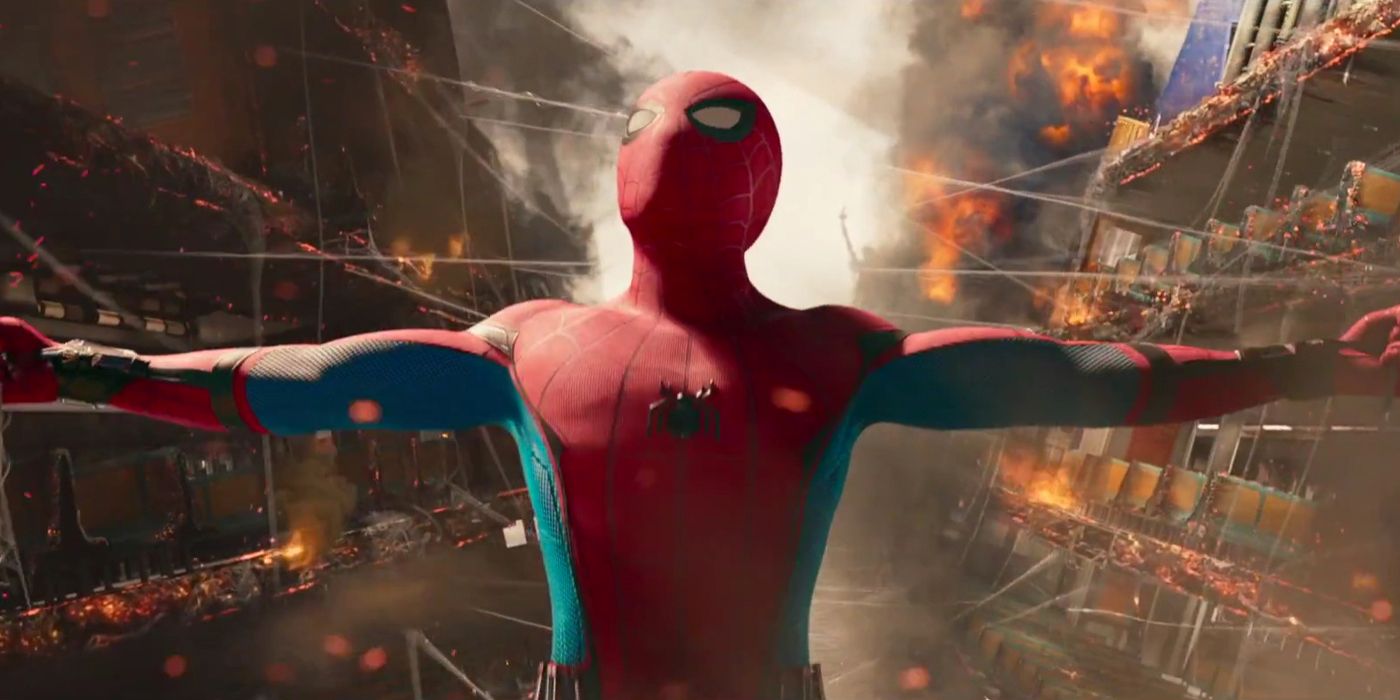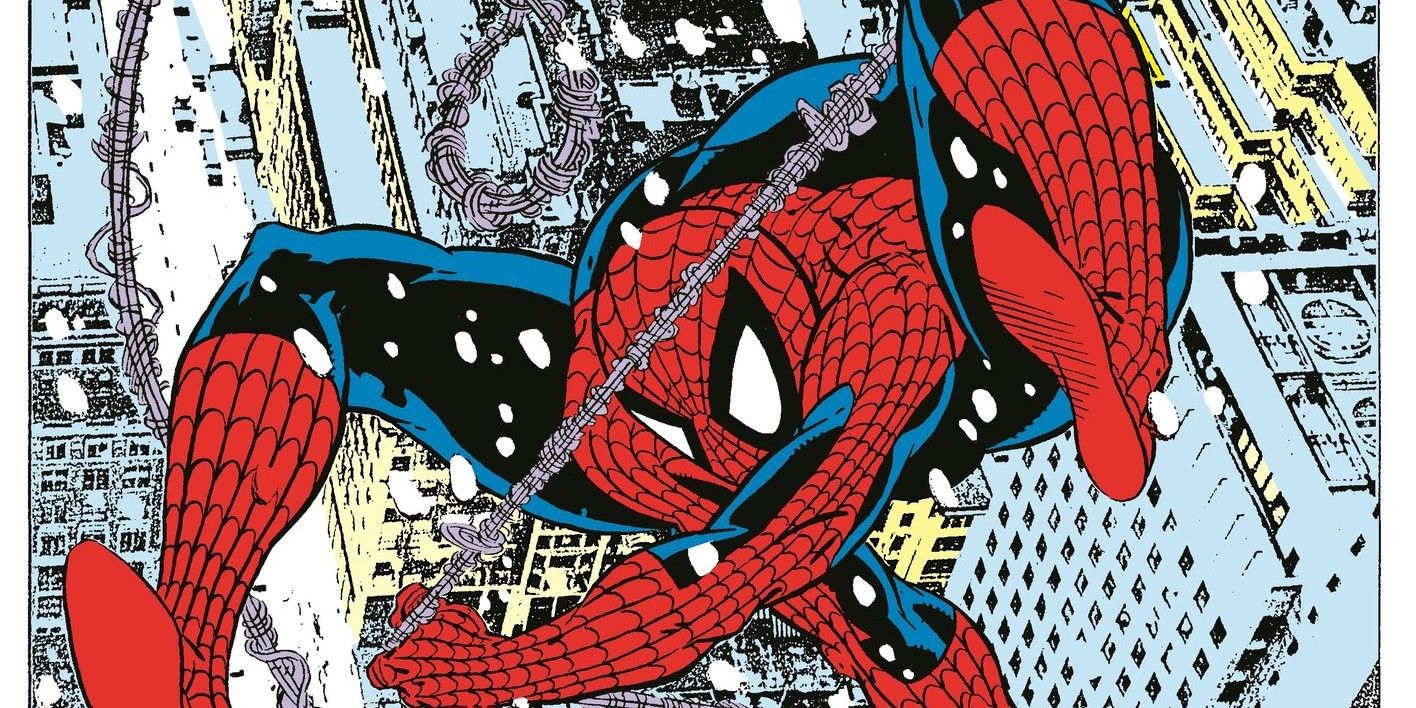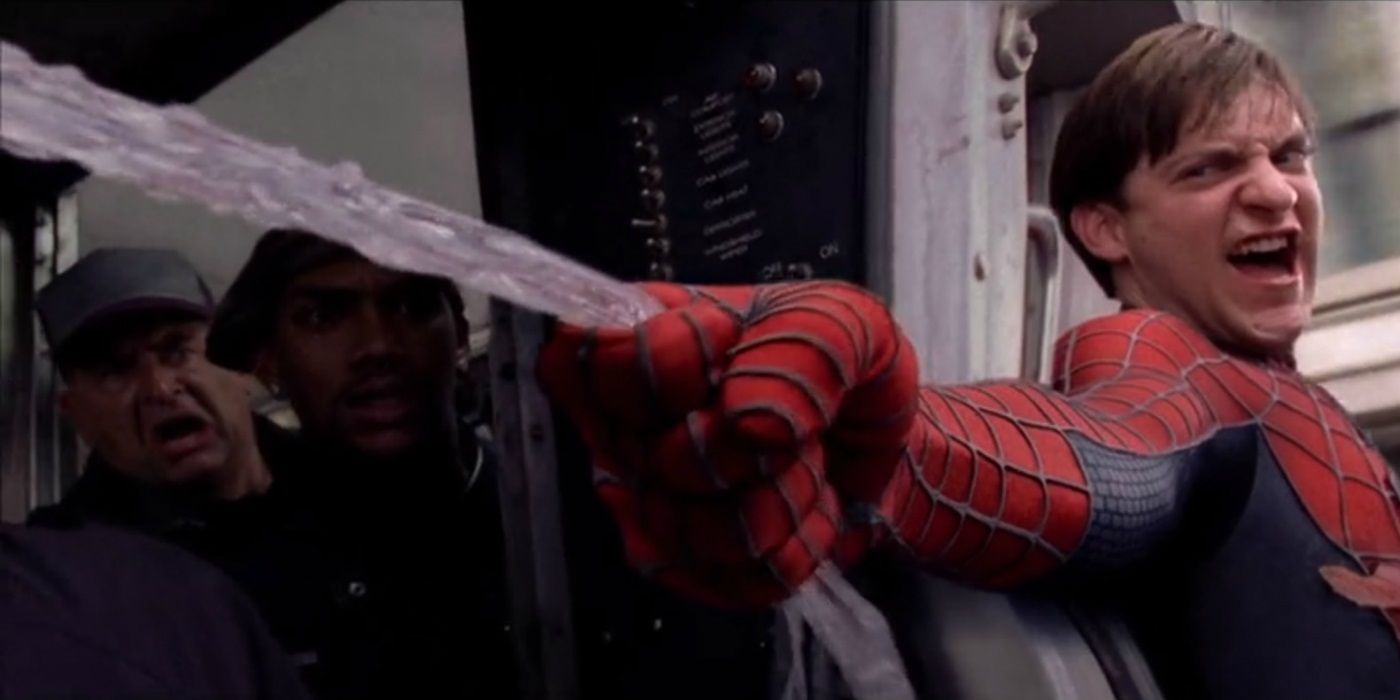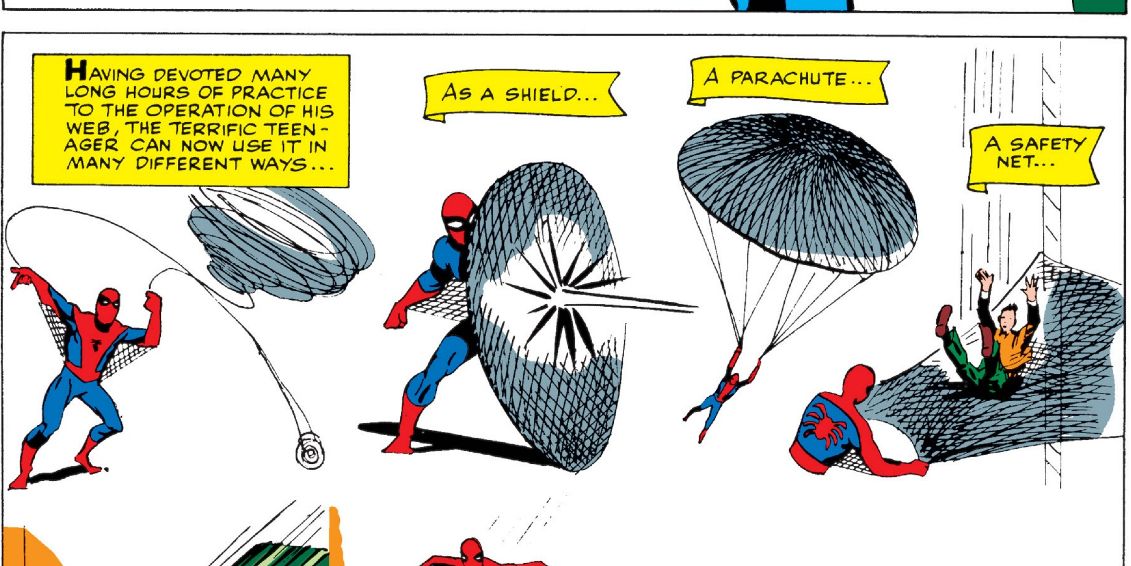Outside of his iconic red and blue suit, probably the most instantly recognizable and arguably most important aspect of Spider-Man's crime fighting gear would be his web shooters. For decades readers have seen him use them to zip around New York City, slow down or entirely halt even super-powered villains in their tracks and suspend falling debris and cars weighing several tons in midair. But how strong are they exactly and what does real world science have to say about the practicality and effectiveness of them? While the comic book answer will likely vary (depending on who's writing the issue and exactly what strengths or limitations the webs need to serve the story) there's actually been a surprising amount of actual scientists who have weighed in on this exact question and the real world applications can be somewhat shocking.
Peter Parker's web shooters made their debut in his very first comic, Amazing Fantasy #15, way back in 1962. While there have been countless retcons and reimaginings of Spidey's origin, his premiere book shows he seemingly threw them together using spare parts just lying around. Despite the devices' seemingly slapdash creation, right from the start his webs were strong enough to allow him to swing in between skyscrapers and straightjacket criminals with ease.
Spider-Man co-creators Steve Ditko and Stan Lee offered some insight into the webs' strength in 1963's The Amazing Spider-Man Annual #1, claiming that a strand of Peter Parker's web just half an inch wide would be more than enough to contain a powerhouse like the Fantastic Four's Thing. Furthermore, the material was almost entirely fireproof, could stretch if necessary and would dissolve in an hour's time. The book says Peter had spent countless hours studying spiders and their webs, making him, "the world's greatest authority on the subject of webs and their creation."
But that's enough comic book mumbo jumbo. What do real world scientists say Spider-Man and his webs would be capable of if he swung off the page and into reality? Luckily, the answer to this (and tons of other comic/science related questions) can be found in The Physics of Superheroes by James Kakalios, PhD. Kakalios has been a professor at the School of Physics and Astronomy at the University of Minnesota since 1988 and has spent much of his career exploring the science of superheroes. In his professional opinion, the spectacular feats of Spider-Man's webs aren't as unbelievable as one might initially think.
If Peter really was the world's foremost expert on spider silk and designed his webbing based on its structure and capabilities, then his webs' powers are mind-boggling. Real world spider silk is, Kakalios writes, "actually five time stronger per pound than steel cable and more elastic than nylon." He goes on to say that real spider silk is capable of supporting more than ten tons per square centimeter, meaning, "...even a webbing strand with a diameter of only a quarter inch could support more than six thousands tons safely."
In his book, Kakalios cites a 2002 Smithsonian article, "Second Nature," from Jim Robbins that reads, "...a braided spider silk rope the diameter of a pencil could stop a fighter jet landing on an aircraft carrier." So it's a safe bet that Peter Parker's webs would have no problem flinging him through the city or catching bad guys (or killing Gwen Stacey). Venturing from the page to the screen, Kakalios even postulates that the now iconic scene in Sam Raimi's Spider-Man 2, in which Peter uses his webbing to stop a runaway train, is well within the realm of possibility due to the proportionate power of Spider-Man's webs.
But beyond just its tensile strength, Spider-Man's webs have, over the years, been used for much more than just thwipping around New York and netting criminals. Returning to The Amazing Spider-Man Annual #1, Ditko and Lee describe Peter's web fluid as being malleable, with Spider-Man able to control its viscosity to play many roles, depending on what the situation calls for. Some examples Spidey's creators provided are using the webbing to create a bullet proof shield, a parachute, a barricade to stop a runaway car, and even a pair of skis. Counter-intuitively enough, these abilities also have somewhat of a basis in real world physics (except probably for the skis, but the science is still out on that).
Just as Peter is able to control the physical properties of his webs, Kakalios explains, spiders are able to perform a similar action, "...varying the relative concentration of crystalizing and noncrystalizing proteins" in their webs, essentially allowing real world arachnids to suit their webbing as the situation deems necessary. "The combination of strength and elasticity allows it to withstand an impact five times more powerful than can Kevlar, the synthetic fiber used in bulletproof vests," Jim Robbins wrote in his Smithsonian piece. So it's not much of a stretch whatsoever to say Spider-Man could flip a switch on his web shooter and quickly make for himself an impenetrable, bulletproof wall of webbing.
It's not just the webbing's material that makes it so strong, notes Markus J. Buehler - an MIT professor who has done research on real world spiders' webs. The physical structure of the webs play a huge part in their solidity. He likens spider webs to bridge cables or climbing ropes, saying, "they’re not just a bundle of parallel fibers; they’re a collection of hierarchically arranged fibers that are interconnected in a way where friction and bonding between the fibers improves their performance.” In layman's terms, if one individual strand in Spider-Man's webbing were to break, he'd likely have nothing to worry about.
The world of comic book superheroes is a weird and fantastical one, filled with invulnerable aliens and lightning-controlling gods. It's not exactly the first space someone would look to find some genuine science and physics in action. And sure a radioactive spider bite giving someone the ability to walk on walls is equally ridiculous, but perhaps that's what makes it all the more refreshing to learn that there is genuine scientific ground for Spider-Man and the awesome capabilities of his web shooters to stand on (or swing off of). It still likely won't win him over any points with J Jonah Jameson, but maybe Scientific American is looking for photographers.
Source: The Physics of Superheroes, Smithsonian, MIT




